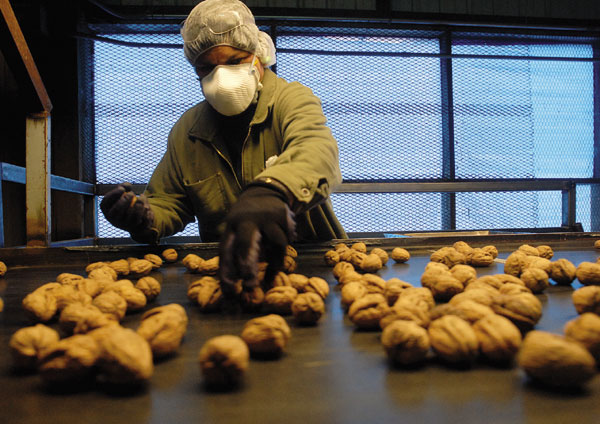As people head to warmer climates for the fall and winter
holidays, you are often greeted by those
”
nasty
”
Bermuda greens
As people head to warmer climates for the fall and winter holidays, you are often greeted by those “nasty” Bermuda greens. We call them nasty because we, from the California coast, are used to putting on bent grass greens. Bent grass is a very fine-bladed grass. It grows virtually straight up and has very little “grain” (laying sideways) that effects the roll. Bermuda grass can be distinguished by a much wider blade of grass that grows in a pattern toward the downhill slope or where the sun is likely to be more prevalent.
The important thing to realize is this “grain” really affects your putt. Going into the grain is very slow, but putting with the grain is very fast. Across the grain affects the movement to the point that if it is a flat surface, the grain will carry the ball in that direction. An easy way to determine the grain is color and texture.
When putting into the grain, the grass will be a darker green. It is lighter and even a bit shiny when putting with the grain.
When you get to the practice putting green, you can experiment with dragging the back of your putter across the surface with a little pressure. If it slides smooth, you are traveling with the grain. If it hops and lifts the grass slightly, you are going against it.
Do this on the practice green because if you do it on the real surface, it would be a penalty.
Don DeLorenzo is a PGA-certified instructor at Gilroy Golf Course. To schedule a lesson with Don, call Gilroy GC at (408) 848-0490.








